Care Across the Lifespan
Supporting healthy mothers and children
The health and wellbeing outcomes of mothers and children benefit from extra support during pregnancy and in the first few years after birth (Hughes et al. 2017).
Opportunities
The community needs identified around fertility and birth, infant and child mortality, and child health and development indicate that many mothers and children in our region are at risk of poor health and wellbeing outcomes.
These needs can be addressed in an integrated way, including improving earlier access to resources across maternal and child health services, to better support the health of mothers and their children.
Options for action include:
Potential focus areas include:
- prenatal and antenatal services, including holistic support services to improve the health and wellbeing of expecting mothers, especially in rural areas
- paediatric services, especially in rural areas
- school-based youth health nurses and paediatric nurses to provide early-intervention care to prevent social and wellbeing issues, especially in rural areas
- paediatric training in the workforce to improve skills and capabilities, particularly for nurses
- culturally safe health approaches and practice frameworks for service providers working with Aboriginal and Torres Strait Islander children.
Collaborative partners
- Hospital and Health Services
- Local Governments
- Peak bodies and service partners
- accreditation and training agencies
- Regional Child, Youth and Family Committee.
The outcomes of these actions will be seen in:
- improved perinatal health outcomes
- a higher proportion of children who are on track with their development.
Our progress
Many of the measures of maternal, infant and child health in the region have not changed significantly since the 2019–21 HNA. Actions to improve the health and wellbeing outcomes for mothers and children therefore remain a high priority.
Related priorities
- Improving the health of vulnerable groups - read more ›
- Improving the health of Aboriginal and Torres Strait Islander peoples - read more ›
- Promoting health and preventing disease - read more ›
- Increasing access and coordination of care - read more ›



